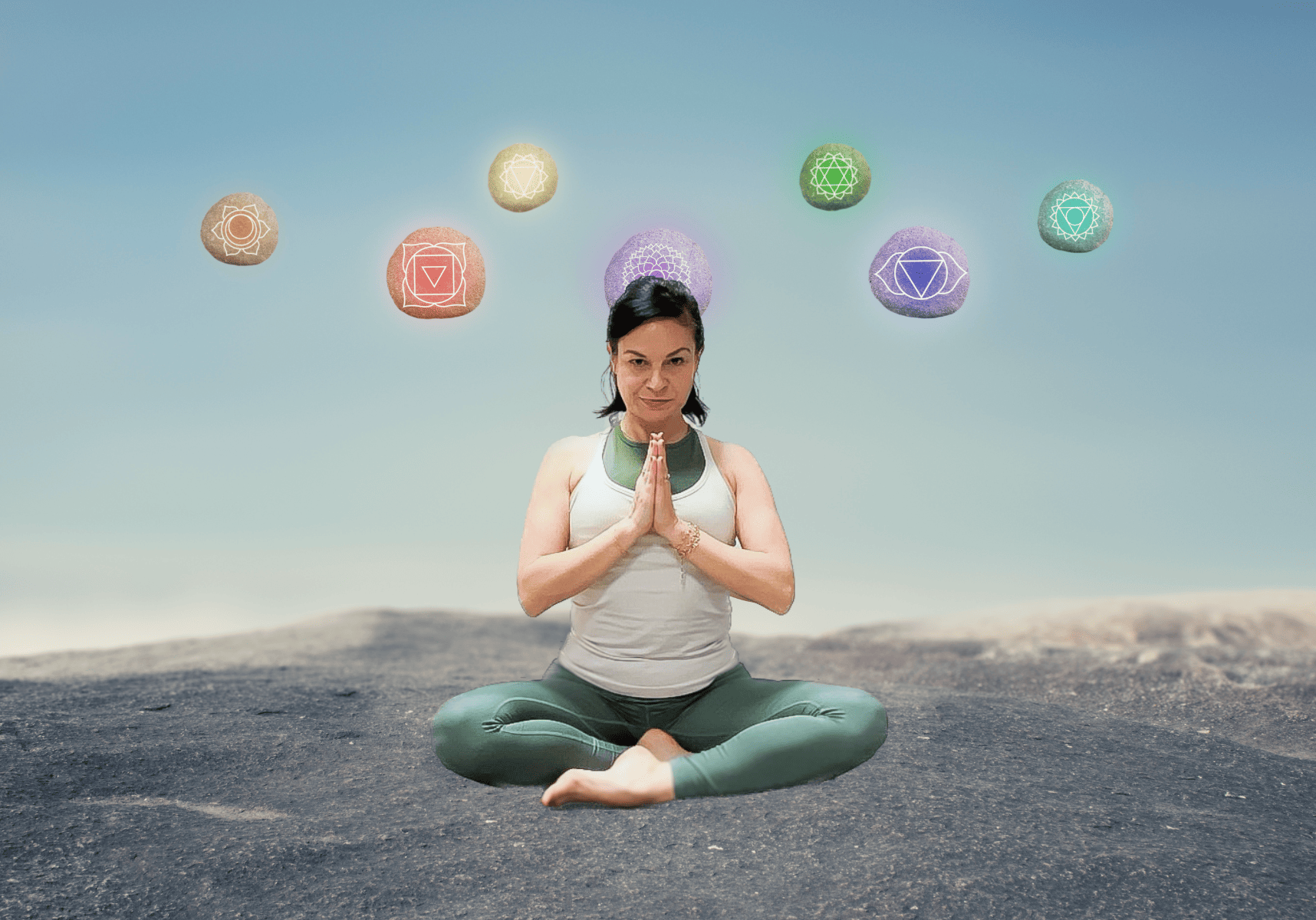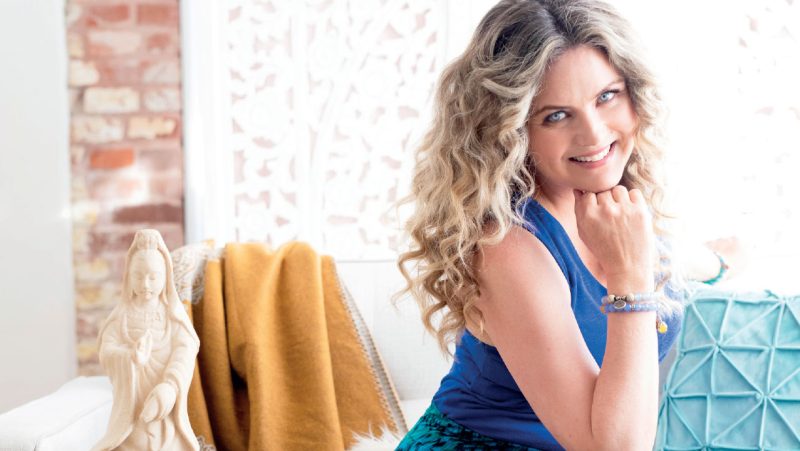
A Guide to Chakra-themed Yoga Classes for Holistic Wellness
Understanding and Integrating Chakras in Yoga Practice - By Aga Smith
Reading time: 4 minutes
In the world of yoga and wellness, chakras are like hidden energy hubs within us. They're not something we can touch or see, but they play a big role in how we feel. Picture them as little energy wheels spinning away, helping to keep us balanced and connected.
While some might think of them as existing on another level, like in another dimension, I don't mind using that idea. It's like imagining something beyond what we can see with our eyes or detect with our machines. It's not about proving anything; it's just about being open to different ways of understanding the world.
Think about it this way: Back in the day, scientists couldn't even imagine things like radio waves, let alone all the tiny particles that make up everything around us.
Our understanding keeps growing, and who knows what we'll discover next? It's a bit like how yoga helps us explore new things about ourselves, always evolving and learning along the way.
In my yoga classes, I like bringing in the idea of chakras. Each week, we focus on a different one, using poses, colours, and mantras to help us get to know them better.
In this article, we will explore the significance of each chakra and provide practical guidance on how to incorporate chakra themes into yoga and mindfulness classes, promoting holistic well-being and spiritual growth.
Understanding the Chakras:
There are seven main chakras* located along the spine, each with its own special qualities. They start at the base of the spine and go up from there:
- Root Chakra (Muladhara): Located at the base of the spine, the root chakra governs our sense of stability, security, and survival instincts. Colour: Red. Mantra: "LAM"
- Sacral Chakra (Svadhisthana): Situated in the lower abdomen, the sacral chakra is associated with creativity, pleasure, and emotional well-being. Colour: Orange, Mantra: "VAM"
- Solar Plexus Chakra (Manipura): Found in the upper abdomen, the solar plexus chakra represents personal power, confidence, and self-esteem. Colour: Yellow, Mantra: "RAM"
- Heart Chakra (Anahata): Positioned at the centre of the chest, the heart chakra is the seat of love, compassion, and emotional balance. Colour: Green Mantra: "YAM"
- Throat Chakra (Vishuddha): Located in the throat region, the throat chakra governs communication, self-expression, and authenticity. Colour: Blue, Mantra: "HAM"
- Third Eye Chakra (Ajna): Situated between the eyebrows, the third eye chakra is associated with intuition, insight, and inner wisdom. Colour: Indigo, Mantra: "OM"
- Crown Chakra (Sahasrara): Positioned at the top of the head, the crown chakra represents spiritual connection, enlightenment, and universal consciousness. Colour: Violet or White. Mantra: "OM" or Silence.
Incorporating Chakra Themes into Your Classes:
Begin with a brief introduction, explaining the location of the specific chakra, the colour associated with it, and its responsibilities.
Chakra-focused Asanas: In your classes introduce poses that specifically target each chakra. For example, grounding poses like Warrior II Pose and Mountain Pose can activate the root chakra, while hip-opening poses like Goddess Pose can stimulate the sacral chakra.
Pranayama and Breathwork: Incorporate pranayama techniques such as alternate nostril breathing (Nadi Shodhana) to balance the flow of energy through the nadis (energy channels) and activate the chakras. Encourage students to focus their breath on the area corresponding to each chakra, bringing balance and harmony.
Chakra Meditation and Visualisation: Guide your students through a chakra meditation where they focus on each energy centre sequentially, visualising a corresponding colour and affirmations. Encourage them to visualise a bright red light at the base of the spine for the root chakra, a vibrant orange light in the lower abdomen for the sacral chakra, and so on.
Chakra-themed Affirmations: Integrate chakra-themed affirmations into your class to reinforce positive energy and intentions. For example, affirmations like "I am grounded and secure" for the root chakra, "I embrace my creativity and joy" for the sacral chakra, and "I speak my truth with clarity and authenticity" for the throat chakra can empower students to connect with their inner selves.
Using chakra themes in yoga classes helps students connect to their bodies, minds, and spirits, it allows for the holistic approach to wellness and self discovery. By exploring the wisdom of the chakras, we can create experiences that are transformative and enriching, both on and off the mat. So let's keep exploring and learning together, one chakra at a time.
*commission earned from this link.





